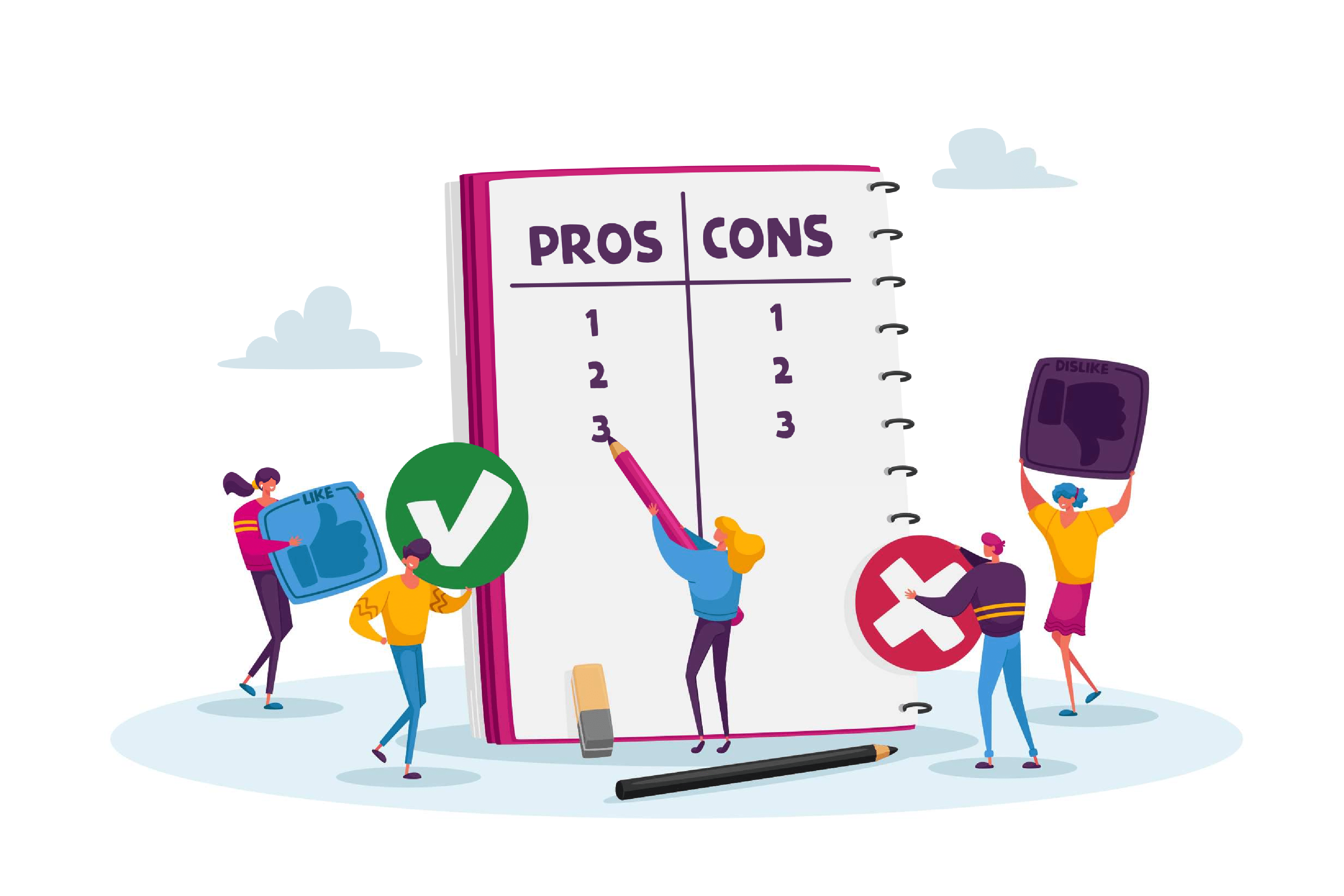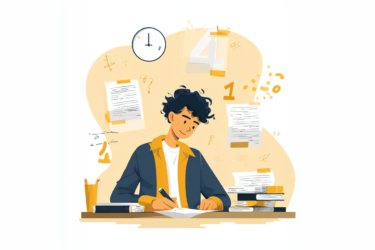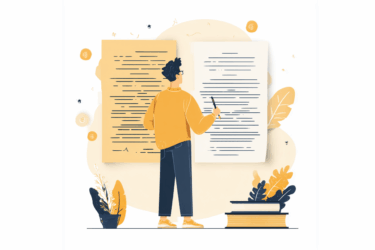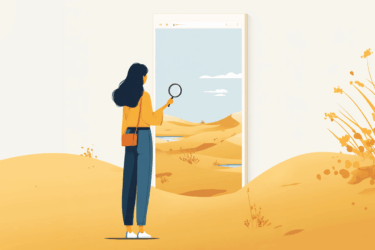A reliable plagiarism checker will indicate when you or your students seem to borrow someone else`s ideas. The plagiarism detection tools help you to stay safe, creative – and plagiarism-free. That is why choosing a trustworthy ally in your content-creation or assignment-checking journey is crucial.
Here are the best free plagiarism checkers for your consideration. Please note that they all provide free trial and paid subscription plans or packages.
PlagiarismCheck.org
Main features:
- Plagiarism detection.
- AI-generated content identification.
- Authorship Verification.
- Proofreading.
Strongest sides:
- Accuracy and depth of Internet plagiarism detection due to the variety of sources.
- Custom database: users can upload content to avoid copying within a group or submitting already-checked papers.
- Accurate AI detector.
- A full range of customer support options, including round-the-clock live support via phone.
- One of the best solutions on the market in terms of price-quality ratio.
- Ease of admin: plagiarism detector provides access to usage reports and detailed analysis of results. Ease of setup and use.
- Learning Management Systems (LMS) integration: Google Classroom, Moodle, Canvas, Google Docs add-ons.
- API access: one can integrate the tool`s features into other software applications.
- Strict confidentiality and data protection.
Limitations: Limited database of scientific content.
PlagScan
Main features: Plagiarism detection.
Strongest sides:
- Accuracy and data protection.
- Quality of support.
- Ease of admin, setup, and use.
- LMS integration.
- API access.
- Extended academic databases through partnerships with publishers.
Limitations:
- Poor academic and limited custom database.
CopyLeaks
Main features:
- Plagiarism detection.
- AI Content detection.
- Gen AI Governance.
- AI Grader.
Strongest sides:
- Ease of admin: provides access to reports and detailed results analysis.
- Ease of use.
- LMS integration.
- API access.
- Depth of internet plagiarism detection.
Limitations:
- Limited database of scientific content.
Grammarly
Main features:
- Writer assistant: grammar, punctuation, and style checking.
- Plagiarism detection.
Strongest sides:
- Grammar and punctuation checking and style enhancement.
- Ease of setup and use.
- Integrates with Google Docs, Chrome, and Microsoft Word.
Limitations:
- No custom database and limited access to academic databases.
- Plagiarism check results are not always accurate.
- No LMS integration.
- Only English language.
Plagramme
Main features:
- Plagiarism detection.
- Text formatting.
- Proofreading.
Strongest sides:
- Affordability.
- Free of charge for educators.
- Responsive customer support.
Limitations:
- No integration with other platforms.
Duplichecker
Main features:
- Plagiarism detection.
- SEO-checking tool.
- Proofreading.
Strongest sides:
- Extended free version.
- Reverse Image Search function availability.
- Data security.
- Ease of use
Limitations:
- According to the users, Reverse Image Search could be more accurate.
- The paraphrasing tool‘s accuracy is low.
- Limited databases.
- Some users find the ads on the site annoying.
Viper
Main features: Plagiarism and duplicate content check.
Strongest sides:
- User-friendliness and ease of use.
- Rapid scanning and report generation.
- Advanced databases and high accuracy.
- No monthly payments or subscription plans (the pay-as-you-go system is handy for occasional checks).
Limitations:
- The texts scanned for free are published online.
- Only pay-as-you-go system may be disadvantageous for businesses and institutions.
Quetext
Main features:
- Plagiarism checking.
- Paraphrasing.
- Citation assistant.
Strongest sides:
- DeepSearch option in the paid version for more accurate results.
- Privacy and data protection.
- Ease of use and accuracy.
- Citation assistant.
Limitations:
- The free version limits the number of words you can check and has minimal functionality.
- According to some users, the scan takes longer compared to other tools.
Plagiarism Detector
Main features:
- Plagiarism detection.
- Paraphrasing.
- Proofreading.
- AI-generated content detection.
Strongest sides:
- Ease of use.
- Rapid scanning and results generation.
- Customized paid features.
- Deep Search function for more accurate results.
Limitations:
- Limited databases.
- Low accuracy compared to other tools.
- Some users find the advertising in the free version “aggressive”.
Plagly
Main features:
- Plagiarism checking.
- Duplicate content checking.
- Grammar Check tool.
- Citation generation.
- AI text editor.
- Media analysis.
Strongest sides:
- API access.
- Google Chrome extension and Firefox Add-on availability.
- Vast database.
Limitations:
- Unreliable customer support.
- Users report low accuracy of the checking results.
How Plagiarism Checkers Help Streamline the Writing Process
Using optimal plagiarism-checking services can significantly enhance the effectiveness of modern educational institutions, leading to unique scientific research and better results. By integrating with learning management systems and customizing settings, teachers can save time on manual analysis and verification of plagiarized papers, allowing them to give prompt feedback. Meanwhile, automated reports enable administrators to monitor the process transparently and optimize control.
Anti plagiarism apps can also help students improve their writing process. Specifically, these applications offer several features that optimize writing, such as:
- The opportunity for students to check their work drafts independently and correct any issues before submitting the final assignment.
- Citation generators enable students to create correct citations according to standardized formats.
- Checking for grammatical and stylistic errors.
Overall, these features can streamline the writing process and contribute to better academic outcomes.
According to institutions’ needs, developers add tools to plagiarism software for writing process improvement. For example, teachers can provide comments on each word or phrase to assist students.
On the one hand, plagiarism software helps students:
- Create and protect original content
- Inspire authenticity
- Improve writing skills
- Develop critical and original thinking.
On the other hand, plagiarism software helps teachers:
- Support and promote academic integrity
- Simplify the assessment process with incredible accuracy
- Automate unbiased, convenient similarity reports
- Analyze the dynamics of students’ writing skills
The primary goal of modern plagiarism software is not punishment for detected plagiarism. Instead, plagiarism checkers support higher-quality academic writing and simplifying assessment, reporting, identifying risks, and analysis of academic integrity for institutions. Additionally, it streamlines the writing process, improving students’ original thinking, writing, and research skills. By providing feedback, suggestions for improvement, and all writing features in one place, plagiarism software can make the educational experience even more valuable.
Remove Plagiarism: Rewrite the problematic extracts to ensure good result
So, how do you ensure originality and good grades, and if the detector finds matches with some sources, how to remove plagiarism from your paper? Here are some tips on maintaining unique writing and using plagiarism remover for a flawless paper.
- Write your assignment from scratch. Of course, you can and should consult some materials and rely on facts, but make sure you work on it, contributing with your unique perspective, experience, and knowledge. Use a reliable tool to remove plagiarism that can occur accidentally even when you have no intention to copy.
- Make sure you recruit AI tools in an ethical manner. After giving prompts for brainstorming or requesting information, paraphrase and rework the data so you don’t copy the chatbot’s output, and remove AI plagiarism from your paper.
- Attribute the sources correctly. Whenever you take data from somewhere, make sure you cite the resources carefully. Keep the balance between direct quotations and reworking the information you take, but reference the author even if you don’t cite the source word for word. Use the similarity checker to detect the matches with the sources you may have forgotten to cite to remove plagiarism.
At PlagiarismCheck.org, you can enjoy an all-in-one, simultaneous instant check that includes:
- Plagiarism detection (unspecified quotations, similarity, paraphrasing)
- Authorship verification (identifying texts written by someone other than a person mentioned as an author)
- Most importantly, AI content detection (differentiating between AI-generated and human-written text)
No additional tools or resources for payment and integration are required.
PlagiarismCheck.org proves to be one of the most efficient, user-friendly, and affordable free online plagiarism checkers for institutions and individuals. Try a free trial now!






